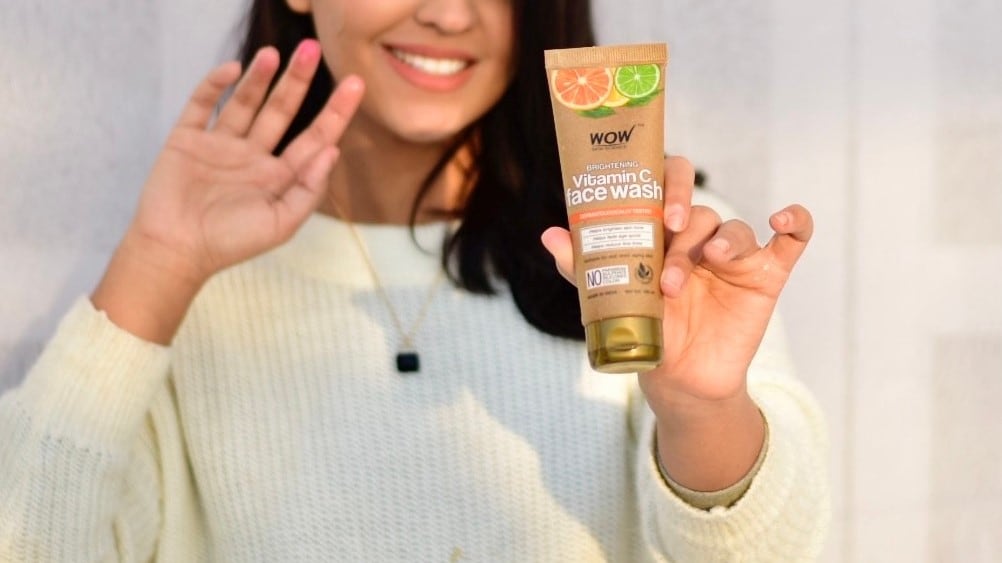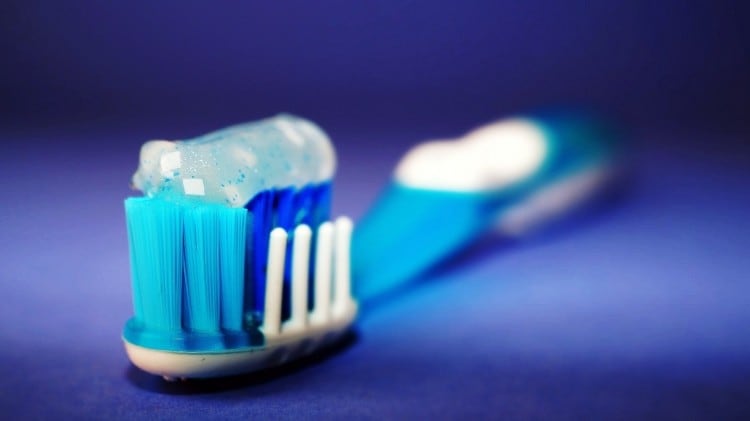1 – Kao and istyle to collaborate on skin RNA database by 2023
Japanese personal care major Kao is partnering with beauty media and retail firm istyle to build a skin RNA database by 2023 with the sebum RNA testing technology it developed.
This joint project would enable Kao to tap into istyle-owned cosmetic portal @cosme’s userbase of 15 million users as well as 17 million reviews on over 360,000 products.
Ribonucleic acid (RNA) collection is expected to begin this spring and both companies are aiming to collate a database of up to 10,000 samples from @cosme members for a start.
This would give Kao the opportunity to delve further into the study of skin RNA, such as identifying characteristics that would allow it better to understand and classify RNA skin types.
2 – How the rise of ‘coral safe’ sunscreen could hinder future formulations
Confusion and misinformation regarding the marine safety of sunscreens can ultimately hinder cosmetic formulators’ ability to develop safe and effective UV protection.
We have seen sunscreen ingredient bans taking effect in locations such as Hawaii, Palau and Thailand and more bans on sunscreen ingredients could disadvantage sunscreen formulations and their ability to protect skin from UV damage.
“If you remove oxybenzone from the formulation, then your major primary UVA protective is gone. If you went down that pathway, you would have an issue with either totally unstable sunscreens which we don't want, or not being able to use probably the cheapest, best, and most widely used UVA absorber that we have,” said Dr John Staton, Scientific Director of SciPharm.
3 – Study identifies pigmentation-related genes in Korean women
A team of researchers has discovered genes involved with pigmentation in the skin of over 17,000 Korean women, with insights opening up new opportunities for customised products.
Results showed that two of the discovered genes are believed to be the world’s first discovered skin pigmentation-related genes and highly likely active on Korean skin.
The study was led by LG Household & Health Care (LG H&H) Future-Based Research Institute.
Based on the paper’s outcomes, LG H&H has now completed applications for four domestic patents and one international patent (PCT) to aid new product development.
4 – Newly validated properties of Indian Sandalwood creates skin-care and make-up potential
Indian Sandalwood holds a lot of promise as an active ingredient for minimalist skin care formulations and as an inventive alternative for talcum powder in make-up, says Australia-based sandalwood supplier Quintis.
Indian Sandalwood oil can tap into shift towards more a minimalist approach and offering more benefits to the consumer with fewer ingredients.
The firm is currently exploring the use of finely milled Indian Sandalwood as a powder that would potentially be able to replace talcum.
With so much potential for Indian Sandalwood beyond perfumery, Quintis is expecting demand for it to grow moving forward.
5 – Review suggests probiotics could help to improve effect of TCM ingredients
Probiotics could improve the effects of traditional Chinese medicinal ingredients such as red ginseng, while also reducing potential side effects in cosmetic products.
A team of Chinese researchers from Shandong University of Traditional Chinese Medicine conducted a review on the use of probiotics in skin care.
The researchers suggested that it may be able to boost the effects of traditional Chinese medicinal (TCM) ingredients.
“Due to the complex components of Chinese herbal medicines, the effects sometimes fail to achieve our expected results, and the quality of them still needs to be continuously improved.”





